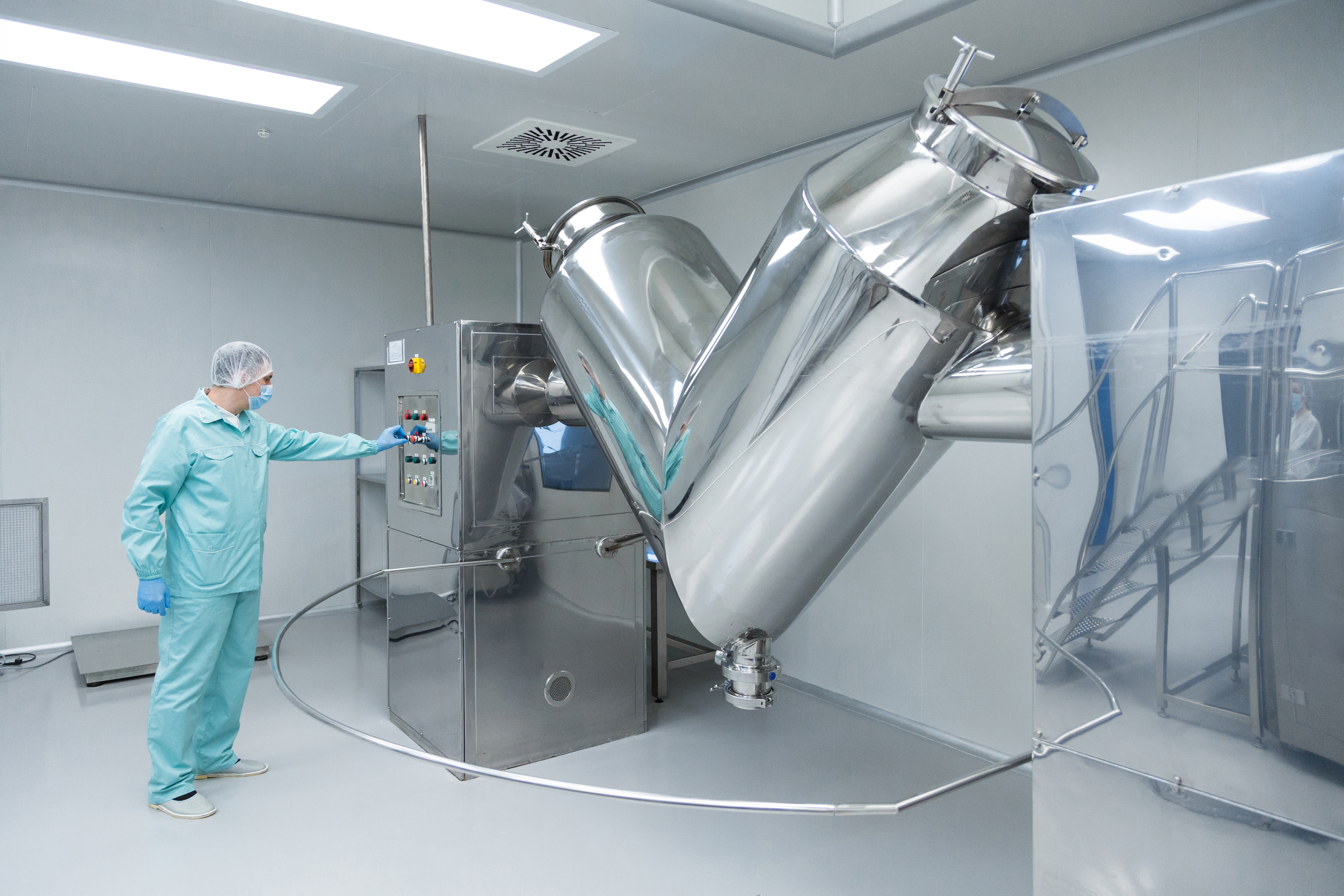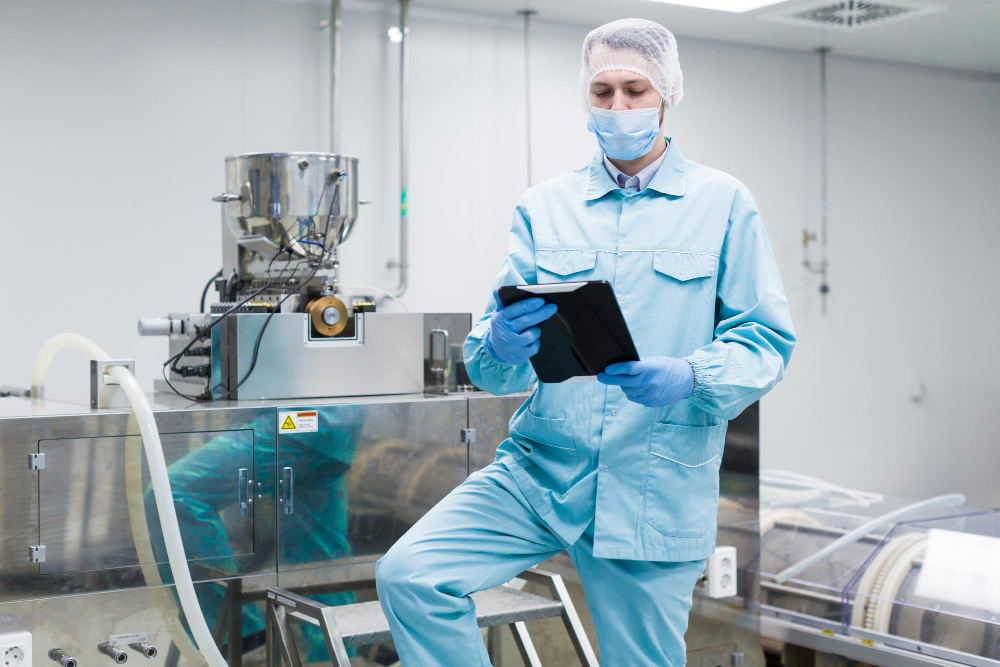01
Deep cleaning after the winter season
After the winter months, it is important to carry out a detailed cleaning of all production areas, including equipment, surfaces and corners where condensation may have accumulated. General cleaning will help to eliminate winter pollution: salt residues, dirt and dust. Pay special attention to areas where you work with food and raw materials, where organic substances accumulate, which can become a source of microbes. Clean ventilation systems and filters from dust and dirt, improving air quality and reducing the risk of germs spreading.
02
Increased humidity control
In the spring, humidity can increase, which leads to the multiplication of bacteria and mold. To avoid this:
Regularly dehumidify the air in areas with high humidity.
Use dehumidifiers and ventilation systems to maintain an optimal microclimate.
Monitor humidity and quickly eliminate the accumulation of condensation.
03
Switching to more intensive disinfection procedures
In spring, it is important to increase the frequency of disinfection, especially in industrial areas with high humidity and temperature fluctuations. Use disinfectants that effectively fight a wide range of bacteria and fungi, and thoroughly treat all surfaces: equipment, work surfaces, floors, walls, containers and packaging areas. Use products that destroy germs and prevent their reappearance.
04
Prevention of insects and rodents
As temperatures rise, pests can become a threat to food production. To prevent their entry:
Regularly check and clean warehouses and production facilities for insects and rodents.
Set up protective barriers and traps in risky areas.
Use environmentally friendly insecticides and repellents.
05
Thorough cleaning of drainage systems and pipelines
In spring, water and dirt can accumulate in drainage systems due to temperature changes, which contributes to the reproduction of bacteria. Important:
Regularly clean the drainage systems from debris and dirt.
Use special cleaning agents for pipelines to prevent stagnation of water and the development of bacteria.
06
Strengthening of sanitary control during the transition of seasons
Preparation of the enterprise for summer includes sanitary audit of cleaning and disinfection processes. Checking systems for compliance with the requirements will help you avoid problems in the future:
Monitor the cleanliness of the equipment and premises with microbiological contamination tests.
Make sure that the staff complies with sanitary standards, if necessary, conduct training.


